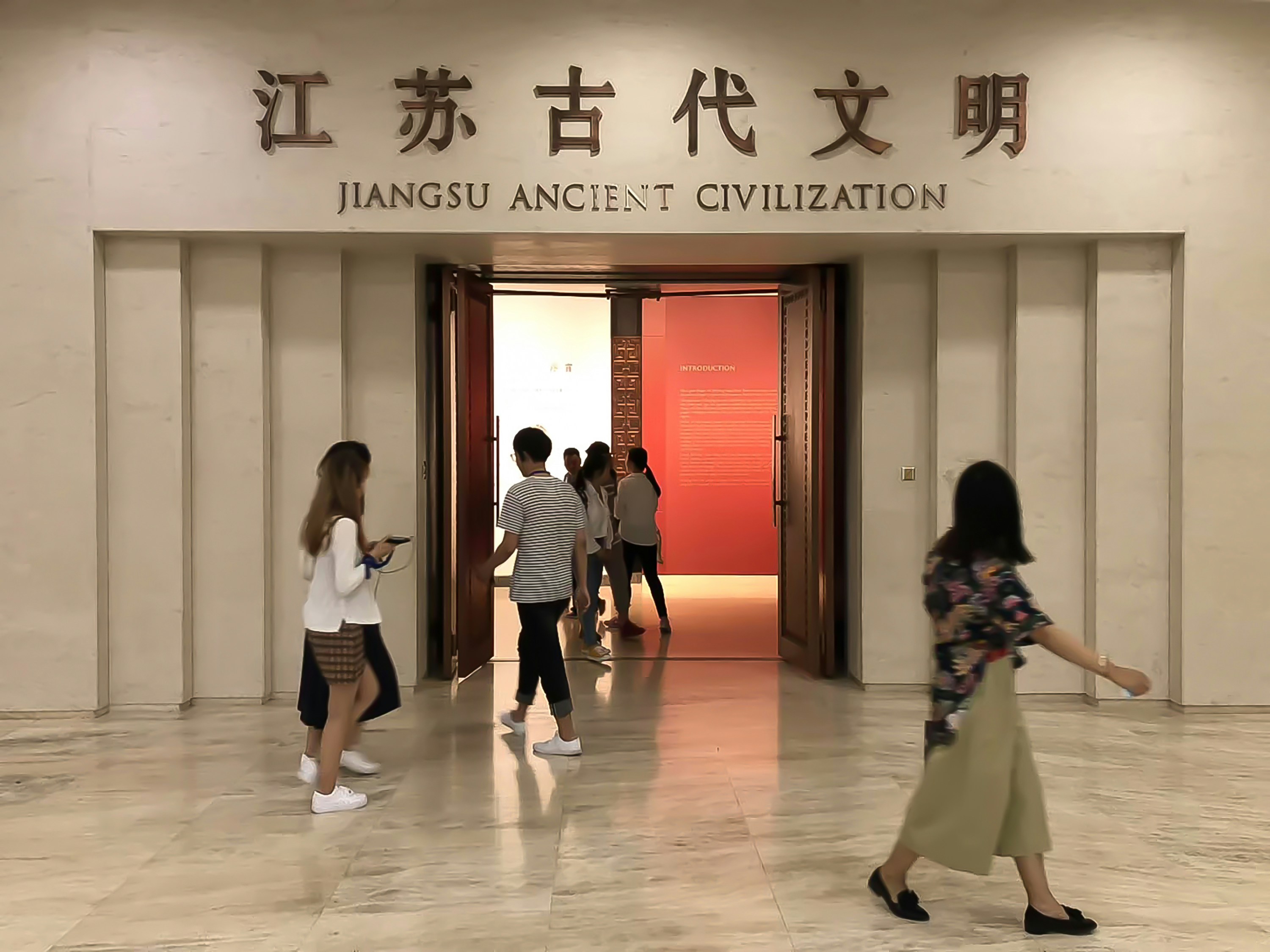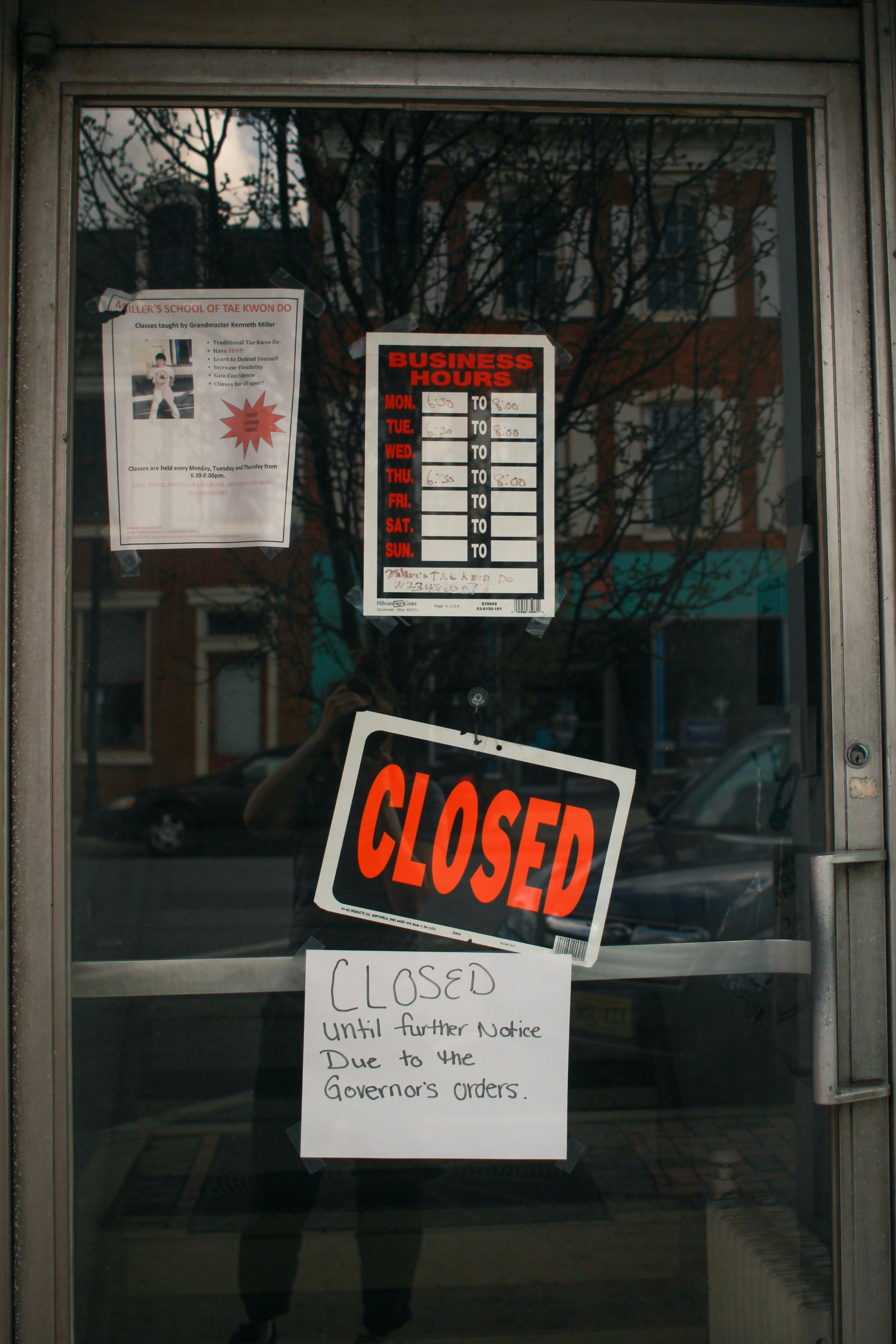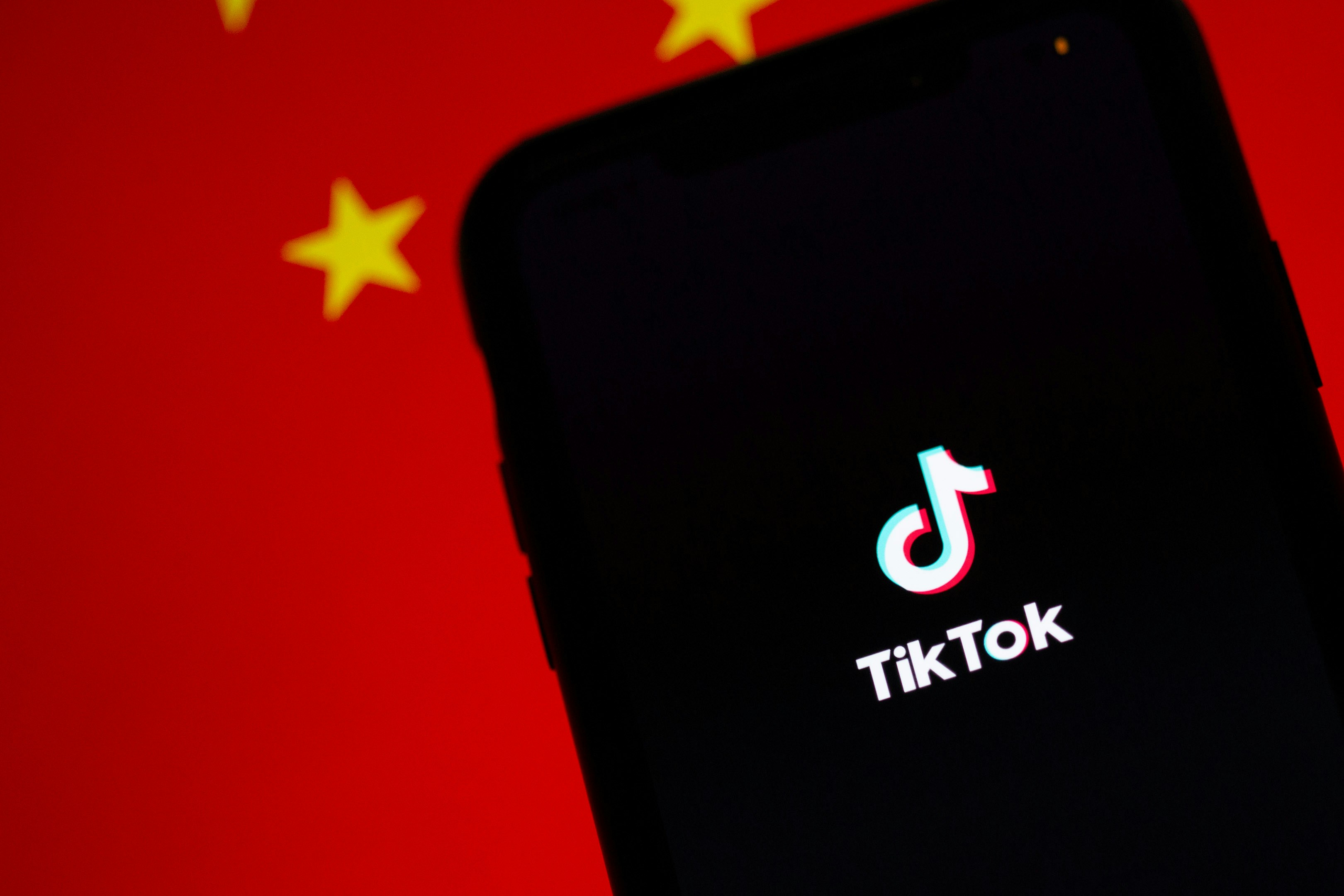H-1B Visa
The H-1B visa program is a non-immigrant visa that allows U.S. employers to temporarily employ foreign workers in specialized occupations. Established in 1990, this visa aims to address labor shortages in various sectors, particularly in the technology and engineering fields. Employers often rely on the H-1B visa to recruit highly skilled professionals who possess expertise that may be lacking in the domestic workforce. Over the decades, the significance of the H-1B program has grown, coinciding with the rapid evolution of the global job market.
This visa is predominantly utilized in industries such as information technology, healthcare, finance, and education. The nature of jobs eligible for H-1B visas typically includes positions requiring at least a bachelor’s degree or its equivalent in education and experience. The emphasis on specialized fields underscores the program’s intention to attract individuals whose skills are essential for fueling innovation and maintaining competitiveness in the U.S. economy.
Significantly, the demographic profile of H-1B visa holders reflects a concentrated presence of skilled workers from India. Indian nationals have become the largest group of beneficiaries of the H-1B program, illustrating the strong demand for their expertise in the U.S. labor market. Many of these workers fill crucial roles in American tech companies, thereby contributing to the industry’s growth and helping to bridge workforce gaps. The H-1B visa program plays an integral role in global talent mobility, facilitating cultural exchange and enhancing the workforce diversity in the United States.
As we delve deeper into the intricacies of the H-1B visa, it is essential to understand both its challenges and opportunities, particularly in light of recent changes regarding visa fees and regulations.
Historical Context of H-1B Visa Policies
The H-1B visa program, which allows U.S. employers to temporarily employ foreign workers in specialty occupations, has undergone significant changes since its inception. The origins of the H-1B visa can be traced back to the Immigration Act of 1990, which aimed to streamline the process for companies seeking skilled international labor to address growing economic demands. Initially, the program established an annual cap of 65,000 visas, promoting talent acquisition in critical fields such as technology, engineering, and healthcare.
In the years following the program’s launch, several notable amendments and regulatory shifts occurred. For instance, the American Competitiveness in the Twenty-First Century Act of 2000 raised the annual cap to 195,000 visas for a period, reflecting the tech boom of that era. During this time, companies struggled to find qualified U.S. workers, which amplified the reliance on H-1B visa holders. The adjustment of the cap was an indication of the program’s adaptability in response to the fluctuations in the labor market.
Political and economic events also significantly influenced H-1B visa policies. Following the 2001 dot-com bubble burst, there were calls to tighten regulations due to fears of job displacement among American workers. As a result, the annual cap was reduced back to 65,000 in 2003, with additional provisions for foreign graduates of U.S. universities. The Great Recession of 2008 further complicated the landscape, leading to increased scrutiny of visa applications and a tightening of eligibility criteria.
Since then, the discussion around H-1B visas has continued to evolve, reflecting broader economic trends, labor market needs, and political sentiments. In recent years, various administrations have introduced measures to adjust fee structures and the application process, contributing to ongoing debates regarding the program’s future and its impact on the U.S. economy and workforce.
Recent Policy Changes and Fee Increases
In recent times, the U.S. government has implemented a series of policy changes regarding the H-1B visa program that directly influence the associated fees. These modifications are crucial for both employers seeking to hire foreign workers and prospective H-1B applicants. The government has cited various reasons for these fee increases, primarily focusing on the need to enhance the regulatory framework overseeing the visa program, as well as to bolster enforcement mechanisms aimed at preventing misuse of the visa process.
Previously, the total cost for processing an H-1B application varied, typically amounting to around $2,500. However, under the new structure, fees have risen significantly. For instance, the base filing fee remains $460, but additional costs have been introduced, such as a $1,500 fee for employers with more than 25 employees, which emphasizes the financial commitment expected from larger companies. Furthermore, the introduction of a new fee specifically aimed at combating fraud adds an extra $500 to the costs. Collectively, these adjustments result in a noticeable increase in the financial burden for employers.
The timing of these changes may also impact the application process. New fees may necessitate revisions in budgeting for employers and could cause delays in application filings as businesses adjust to the broader financial implications. Moreover, the heightened fees may lead to an increased focus on compliance, placing a significant responsibility on employers to ensure that all aspects of the H-1B visa application conform to the revised guidelines. Consequently, applicants might expect longer wait times and potentially more scrutiny during the adjudication of their applications as the system adapts to these changes.
Detailed Breakdown of the New Fee Structure
The recent adjustments to the H-1B visa fee structure present a significant change in the application process for both initial applicants and current visa holders seeking renewals. The new fee framework is designed to enhance the integrity of the visa system while also addressing administrative costs associated with the program. Here, we outline the primary components of these fees.
First and foremost, the base filing fee remains at $460. This fee is applicable to all initial H-1B applications and extensions. However, this is just one facet of the total cost, as additional fees have been introduced that applicants must consider. Among these is the fraud prevention and detection fee, which amounts to $500. This fee applies to initial petitions, ensuring heightened oversight aimed at preventing misuse of the program. It is important to note that this fee is not required for renewals.
In addition to these, the employer compliance fee has been set at $1,500 for employers with more than 25 employees, while smaller businesses are subject to a reduced fee of $750. This fee aims to support initiatives that promote lawful employment practices and compliance with labor regulations.
Furthermore, employers may incur additional fees based on the size of their workforce and their participation in the H-1B program, including fees related to premium processing. For an expedited processing request, applicants will need to pay an additional $2,500. A timely payment of these fees is crucial, as delays could affect the processing of applications and potential employment start dates.
In light of these changes, prospective applicants and current visa holders must be proactive in understanding this new fee structure to navigate the complexities of the H-1B visa application process effectively.
Impact on Students and Recent Graduates
The recent increase in H-1B visa fees has raised significant concern among international students and recent graduates who are keen on entering the U.S. job market. Many of these individuals depend on H-1B visas to secure employment in their specialized fields after completing their studies in the United States. With the added financial burden of higher application fees, numerous students are feeling the pressure on their already constrained budgets. Testimonials from students reveal that many are reassessing their career trajectories in light of the increased costs associated with obtaining this visa.
One graduate from a prominent engineering program expressed, “With the fee hike, I have to consider my financial resources more critically. The prospect of applying for a role in my field is daunting, as not only is the job market competitive, but now the costs to secure a visa are higher than I anticipated.” This sentiment echoes the thoughts of many recent graduates who are uncertain about the implications of the fee increase on their aspirations. The financial strain associated with the H-1B visa fee increase may discourage some from pursuing their dream jobs in the U.S., leading them to contemplate career opportunities in their home countries or explore different international job markets.
Moreover, students are increasingly exploring alternative visas or pathways that could offer them a more cost-effective route to gain employment in the U.S. Some are considering the Optional Practical Training (OPT) program, which allows for temporary employment in their field of study for up to three years, before transitioning to H-1B status. Others are looking at employment opportunities that do not require visa sponsorship right away, potentially impacting their future opportunities in the U.S. workforce. As international students weigh their options, it becomes increasingly clear that the H-1B visa fee increase has far-reaching effects on their professional futures and opportunities for growth in the competitive job market.
Impact on Experienced Professionals
The recent increase in the H-1B visa fee structure presents significant implications for experienced foreign workers seeking employment in the United States. Many professionals, who have cultivated extensive skills and expertise in their respective fields, may find themselves navigating a complex web of financial and procedural challenges as they consider transferring to U.S. companies. The heightened costs associated with H-1B visa applications can pose barriers to entry for these individuals, ultimately impacting their career mobility.
For instance, companies are now faced with the prospect of increasing costs when filing H-1B petitions for experienced professionals. This added financial burden may lead employers to reconsider their hiring strategies, potentially prioritizing candidates with the lowest costs of acquisition. Furthermore, the implications of these fees could reverberate throughout the job market, where professionals may find that the jobs available to them are narrowed down, as fewer employers are willing to shoulder the increased expenses of sponsoring H-1B visas.
Personal accounts from experienced professionals reflect the harsh realities of this new fee structure. One software engineer noted, “I’ve been considering opportunities in the U.S., but the increasing fees make it difficult for potential employers to justify the investment. It’s disheartening to feel that my skills might be overlooked simply because of financial implications.” Such sentiments encapsulate the concerns many experienced foreign workers now grapple with as they seek to advance their careers in a competitive landscape.
Additionally, with the ongoing changes in immigration policies, the unpredictability surrounding costs can lead to an air of uncertainty, perhaps dissuading some professionals from pursuing opportunities in the U.S. altogether. As the dynamics of the job market evolve, the consequences of the new H-1B visa fee structure illustrate how economic factors directly intersect with professional aspirations for experienced workers aiming to transition to American firms.
Impact on Employers and Companies
The recent increase in H-1B visa fees has significant implications for U.S. employers, particularly those that depend heavily on foreign talent to fill specialized roles. Many companies, especially in the technology, healthcare, and engineering sectors, rely on H-1B workers to meet their staffing requirements. The augmented costs associated with obtaining these visas can alter hiring practices, as firms may need to reevaluate their financial strategies and budgets.
Human resources professionals highlight that the increase in visa fees could lead companies to become more selective in their recruitment processes. As the expenses associated with hiring H-1B employees rise, organizations may prioritize candidates who can demonstrate exceptional skills and qualifications. This trend emphasizes the necessity for both employers and job seekers to adapt in a competitive job market. Financial planning becomes imperative, as firms must incorporate these new costs into their operational budgets, which may inadvertently limit their capacity to hire additional talent.
Moreover, the impact of fee increases is not negligible for startups and small businesses, which often operate on tighter margins. For these companies, the heightened expense of securing H-1B visas can discourage hiring foreign workers altogether, prompting them to rely on local talent instead. This shift could potentially stifle innovation and limit the diversity of perspectives within the workforce. Consequently, while larger corporations might absorb these costs more readily, small firms may face considerable barriers to growth and competitiveness.
Furthermore, the potential economic ramifications extend beyond individual companies. A reduction in the ability to hire foreign talent could adversely affect the overall economy, particularly in sectors heavily reliant on skilled labor. As companies adjust to these monetary challenges, the landscape of employment in the United States is poised for change, fostering new dynamics in hiring practices and employee retention strategies.
Legal Perspectives and Expert Opinions
The recent increase in H-1B visa fees has brought attention from legal experts and immigration lawyers, who are assessing its implications on businesses seeking to hire foreign talent. Increased costs can significantly impact employers, particularly small and medium-sized enterprises (SMEs) that rely on skilled professionals from abroad. Legal professionals in the immigration field have expressed concerns regarding how these fee hikes might discourage companies from pursuing H-1B visas, thereby limiting their access to a broader spectrum of talent.
According to Laura Johnson, an immigration attorney with over a decade of experience, the fee increase could complicate the decision-making process for companies contemplating the sponsorship of foreign workers. She remarks, “The additional financial burden poses a strategic challenge for businesses that are already navigating a competitive job market.” Legal experts believe this added cost may lead some employers to reconsider their investment in the H-1B program, particularly if they are operating on tight budgets.
Furthermore, industry experts foresee potential challenges emerging from the heightened scrutiny of H-1B petitions attributed to these fee increases. Mark Thompson, a veteran immigration attorney, notes that “companies may face more daunting regulatory hurdles, which can result in prolonged processing times and increased chances of petition denials.” This could deter even those organizations that are initially willing to bear the cost, fundamentally altering their approach to foreign recruitment.
In this evolving landscape, immigration law firms emphasize the need for organizations to remain well-informed about their rights and responsibilities in the recruitment of foreign workers. As the discussions around the H-1B visa fee increase continue, understanding the legal framework and seeking expert guidance will be crucial for companies aiming to adapt and thrive in this financial environment.
Conclusion and Future Outlook
Throughout this comprehensive guide on the H-1B visa program, we have addressed various aspects relating to the recent fee increases as well as the broader implications these changes may have on both foreign workers and U.S. employers. The H-1B visa remains a vital tool for technology companies and other sectors that rely heavily on specialized skills that may not be readily available within the domestic labor market. With the ongoing adjustments to the fee structures and associated policies, it is essential for stakeholders to stay proactive in understanding their potential impacts.
As organizations navigate the complexities introduced by the increased fees, they may need to reassess their recruitment strategies and budget allocations for talent acquisition. This could lead to potential shifts in how companies approach hiring foreign talent, possibly fostering a more competitive environment. Additionally, increased awareness regarding immigration policy fluctuations is paramount as such changes can influence organizational efficiency and the ability to secure top talent from abroad.
Looking ahead, it is clear that the H-1B visa program will continue evolving. Future adjustments may reflect economic conditions, labor market demands, and political agendas, altering the landscape for both applicants and employers. To remain viable and successful in the search for qualified candidates, it is incumbent upon both U.S. businesses and prospective H-1B workers to stay informed on policy updates and how they impact the immigration process.
In conclusion, while the current landscape may present challenges, it also provides opportunities for organizations to revisit their long-term talent acquisition strategies. By understanding the dynamics of the H-1B visa system, all parties involved can better position themselves to respond effectively to the ever-changing immigration policies and their implications on labor markets.

















+ There are no comments
Add yours